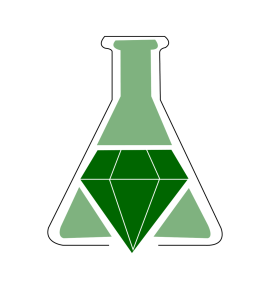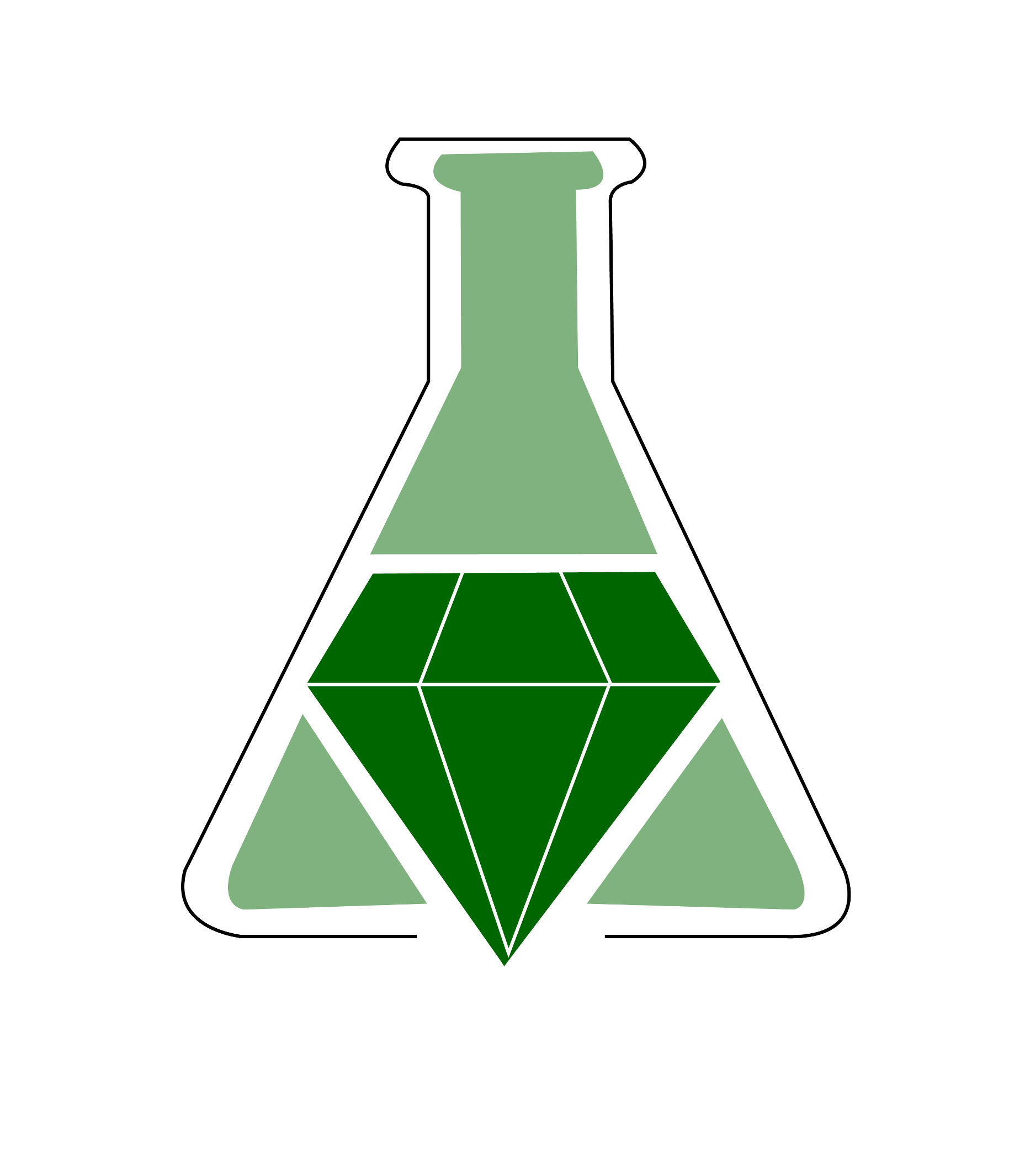Greening Wittig Reactions: Solvent-Free Synthesis of Ethyl trans-Cinnamate and trans-3- (9-Anthryl)-2-Propenoic Acid Ethyl Ester

Summary
While the Wittig reaction is often used as an example of a reaction with poor atom economy, it is still important to recognize that any reaction, the Wittig included, can be made greener. This solvent-less Witting not only eliminates the hazards associated with traditional solvents but also uses reagents with little or no known toxicity. This is particularly notable given the relatively high typical yield of 80-85%.
However, the significant greening of the reaction is not the only attractive feature of this experiment. The spectra of the products allow for a very thorough and important discussion of proton NMR. Here educators have an opportunity to teach students how to use coupling constants to determine alkene stereochemistry and how the shape of a molecule can affect the conjugation of the system and how this change in shape can be detected by NMR.
A list of chemicals and equipment, student handout, laboratory procedure, notes for the instructor, NMR spectra, and computational data are all available in the supplemental information.
Summary prepared for the original GEMs database October 2008 by Douglas M. Young at the University of Oregon.
Greening Wittig Reactions: Solvent-Free Synthesis of Ethyl trans-Cinnamate and trans-3- (9-Anthryl)-2-Propenoic Acid Ethyl Ester
Kim Chi Nguyen and Haim Weizman
Journal of Chemical Education 2007 84 (1), 119
DOI: 10.1021/ed084p119
However, the significant greening of the reaction is not the only attractive feature of this experiment. The spectra of the products allow for a very thorough and important discussion of proton NMR. Here educators have an opportunity to teach students how to use coupling constants to determine alkene stereochemistry and how the shape of a molecule can affect the conjugation of the system and how this change in shape can be detected by NMR.
A list of chemicals and equipment, student handout, laboratory procedure, notes for the instructor, NMR spectra, and computational data are all available in the supplemental information.
Summary prepared for the original GEMs database October 2008 by Douglas M. Young at the University of Oregon.
Greening Wittig Reactions: Solvent-Free Synthesis of Ethyl trans-Cinnamate and trans-3- (9-Anthryl)-2-Propenoic Acid Ethyl Ester
Kim Chi Nguyen and Haim Weizman
Journal of Chemical Education 2007 84 (1), 119
DOI: 10.1021/ed084p119
Safety Precautions, Hazards, and Risk Assessment
See published journal article
Link to external
